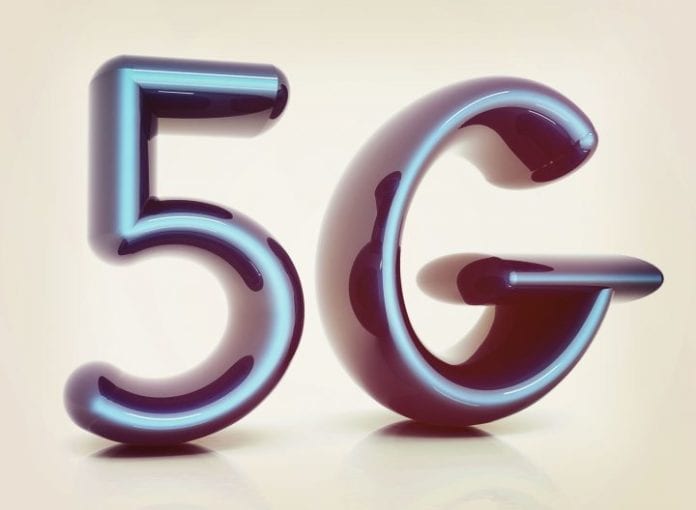Challenges for 5G testing and design
The exploration of “5G” is a major area of focus for companies as they seek to gain competitive advantages going into the next generation of wireless technologies. 5G is expected to deliver ultra-fast speeds, ultra-low latency and massive capacity as well as to utilize millimeter wave spectrum, all of which present their own challenges in terms of 5G system design.
Standards work is progressing and accelerating, and pre-commercial millimeter wave systems are being tested by a number of carriers. In a panel discussion at the recent 5G Innovation Summit, Joy Laskar, CTO of Maja Systems; Ifti Rahman, DMTS, Verizon device testing; and Abhishek Singh, senior antenna engineer at Ethertronics, discussed the challenges of 5G testing and design.
Major 5G testing areas of focus they discussed included:
Capturing the radio environment. Rahman said that the ability to capture information on and understand the millimeter wave radio frequency environment is one of the primary challenges for 5G testing. The telecom industry and academic researchers are still in relatively early phases of understanding the millimeter wave channel environment. Rahman said that good models are still needed for the various environments that will need to be covered, such as urban, suburban and multi-family dwelling units. Researching how well millimeter wave transmissions penetrate different types of construction materials is part of Verizon’s 5G testing and trials for fixed wireless services, which are being conducted in 11 markets.
Keeping design and test expenditures in line. Laskar said that at the chip level for millimeter wave, about 90% of costs are in manufacturing and test and that will have to shift with new testing strategies in order to drive the ecosystem to scale. Singh also noted that there are a number of areas where system cost needs to be examined for potential new processes and strategies, including the fact that millimeter wave systems often demand low-loss materials that have higher cost than traditional cellular components.
Testing in the manufacturing environment. Millimeter wave systems involve complicated antenna arrays and is likely to require a higher level of component integration in order to avoid system loss and to reduce overall costs, the panelists noted. Precision demands such as etching tolerances for extremely small systems increase in a millimeter wave context, Singh noted.
Watch the panel discussion taped live from the 5G Innovation Summit in Branchburg, N.J.
[embedyt] https://www.youtube.com/watch?v=Fp5icF59dqE[/embedyt]
Image: 123RF

